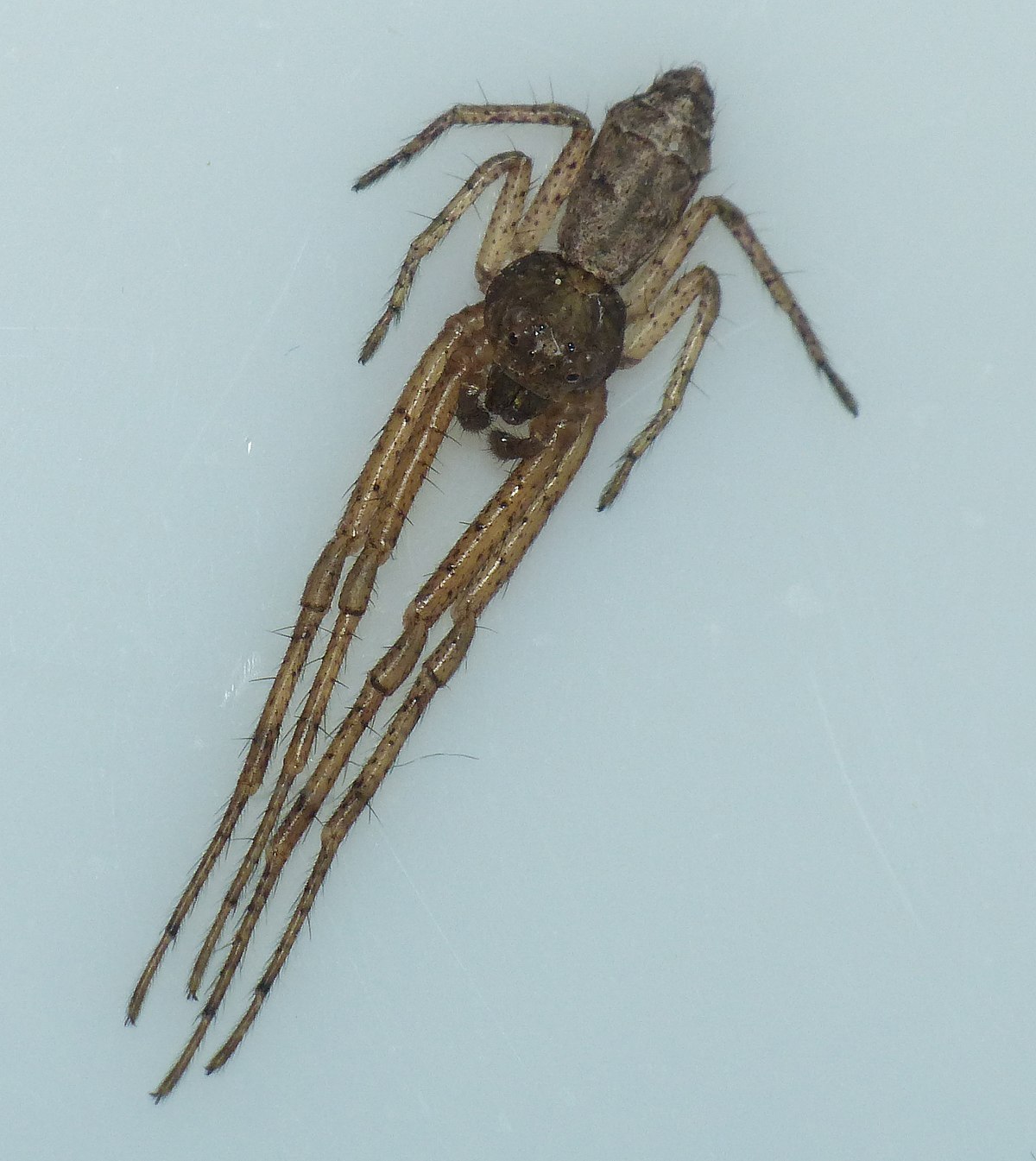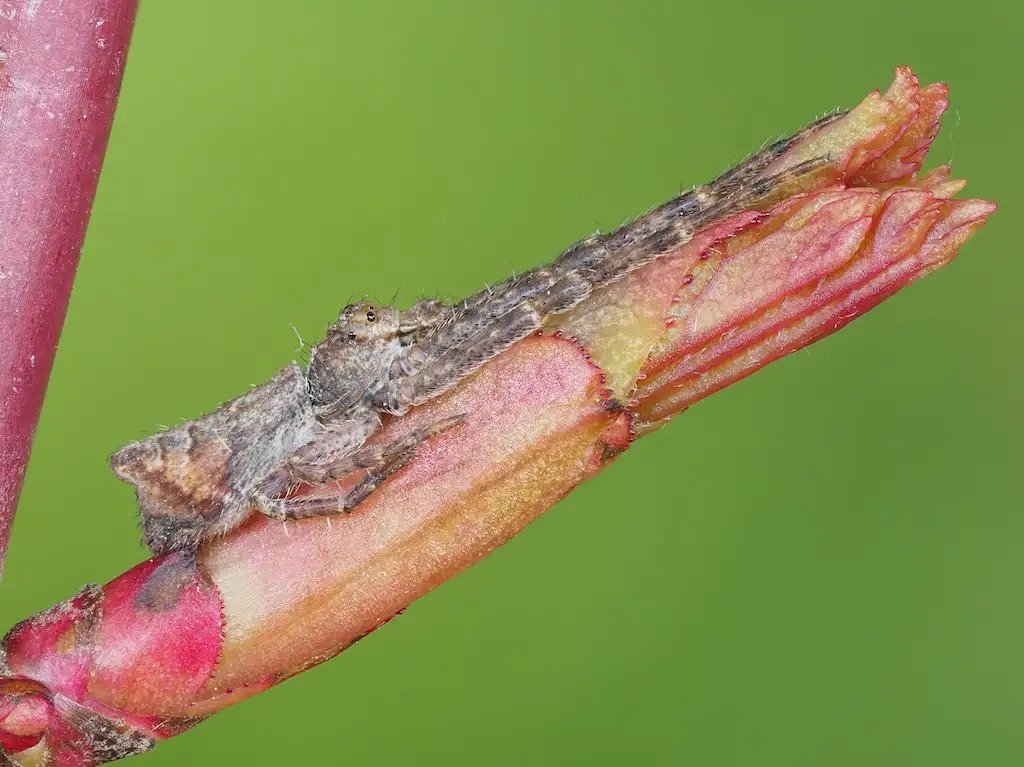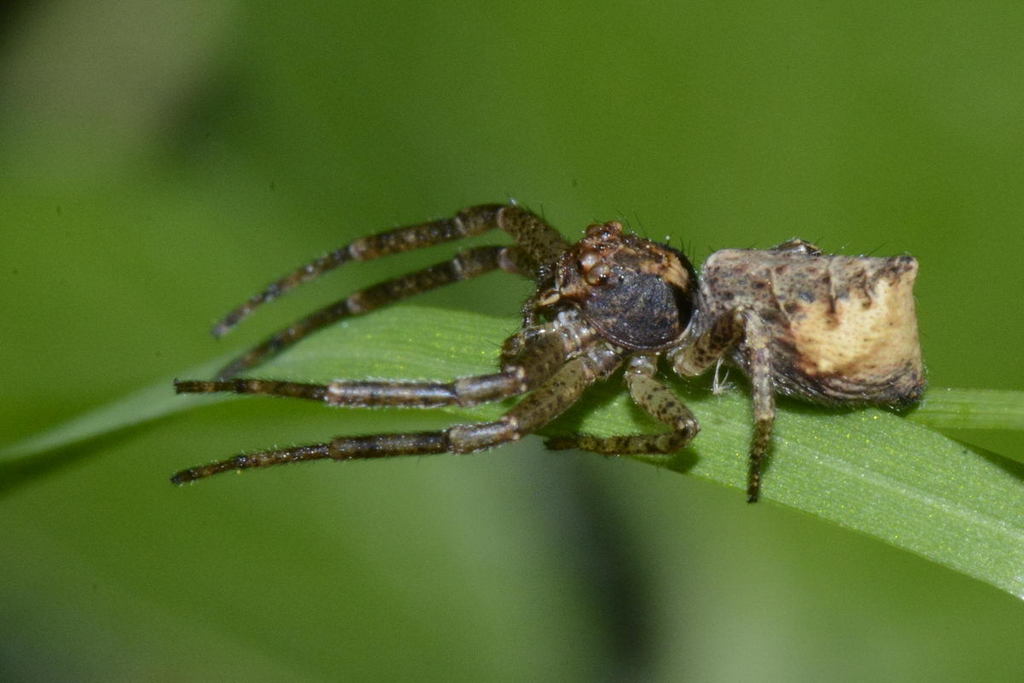Tmarus Angulatus - Not A Stick But A Type Of Crab Spider
Tmarus Angulatus is a type of crab spider that can disguise itself as a stick. I think you don't believe me.
Author:Xander OddityReviewer:Dr. Felix ChaosphereJun 21, 202288 Shares1.4K Views

Tmarus Angulatusis a type of crab spider that can disguise itself as a stick. I think you don't believe me.
A video with the title "NOT a stick" is getting viral on Reddit. In this video, it is shown that a stick is lying on a white tissue paper and suddenly it changes into a spider.
The video is provided below. Check it out!
TigerOnTheProwl shared information, "It’s a type of crab spider. Timarus angulatus. It’s not dangerous to humans, but the bite can be painful."
ABUTTERYNOODLE said, "This is a crab spider. They are about 3 millimeters wide. They are fascinating little guys and most live on flowers, taking on the bright coloration of the flower. They come in green, pink, yellow, and more. They are adorable little dudes but they scare very easily. Little scaredycats."
User mkul316 said, "Just remember: spiders only hang out where there is food to eat. So if you found one making a home in your house they are only there because you've got bugs."
It's a crab spider in the genus Tmarus, probably a Tmarus angulatus, which is a species of tree crab spider.
There have only been a few reported sightings of this species in Wisconsin, but they are most likely rather widespread; it's just that we don't normally go looking for spiders in trees.
And, of course, it would appear that they have "camouflage" down pat by this point. Crab spider species, also known as members of the family Thomisidae, are among the BugLady's all-time favorite spiders.
These spiders are most known as the species that ambush insects on flower tops.
Their propensity to shift laterally and strike an attitude resembling a crab inspired the coining of their name, which refers to the crab-like posture they strike with their four extra-long front legs.
Instead of spinning webs to catch their prey, crab spiders wait in an ambush for their victims while they move around.
They first render their prey helpless, after which they inject digestive enzymes into it, wait for its internal organs to become pliable, and then suckle out the weakened tissue before discarding the empty shell.
They do weave silk, and they defend themselves from falling by playing out a drop line while they hunt.
The spiders are frequently found on state biodiversity lists, and there are a number of academic articles that detail the discovery of new species in a variety of countries all over the world.
Tmarus angulatus, also known as the Tuberculated crab spider, is a species of tiny spider that can be found all over the United States and southern parts of Canada.
The bodies of females are about an inch longer than those of males of this species.
Baron Charles Athanase And Tmarus Angulatus
Baron Charles Athanase Walckenaer (1771–1852), a French civil officer and scientist, is credited with describing and naming Tmarus angulatusin the year 1837.
He made these contributions. In point of fact, he accomplished more in his 80 years than most people do in their entire lives.
He was a geographer who was given the position of Conservator for the Department of Maps at the Royal Library in Paris, and held the position of Secretary for Life at the Academie des Inscriptions et Belles Lettres (where he introduced the French to the English genre of the biography), was a co-founder of the Societe entomologique de France, was a member of an early group of anthropologists called the Societe des observateurs de l'homme, was mayor (author of Histoire naturelle des insects).
Octopus Crab Spider Species
The BugLady was delighted to discoverthat the magnificent Tmarus marmoreusspider seen in Australia is, in fact, known as the Octopus crab spider.
The BugLady found this information on the website of the Brisbane Insects website.
It hunts by hanging upside down on a rope of silk with its front legs poised and ready and reading the air below.
Their knobby bodies are typically able to blend in effectively with bark and other vegetation, where they appear to be buds or broken twigs due to the way that they are camouflaged.
According to the Field Guide to the Spiders of California and the Pacific Coast States, these spiders "wait for an insect to wander between them with their forelegs along either side of a stem."
In the Kansas School Emporium's Checklist of Kansas Crab Spiders, it is stated that Tmarus spider crab species have been seen devouring ants, which is something that the majority of spiders avoid doing.
People Also Ask
Where Is Tmarus Angulatus Sighted More?
Tmarus angulatusis most typically observed outdoors and throughout the month of October.
What Is The Geographic Range Of Tmarus Angulatus?
According to the information that has been gathered, the geographic range of the Tmarus angulatuscomprises two different nations (Canada, and the United States) in addition to five states in the United States (Alabama, New Hampshire, New York, Ohio, Texas).
What Is The Sighting Month Of Tmarus Angulatus?
October is the sighting month of Tmarus Angulatus.
Conclusion
Have you ever seen Tmarus Angulatus, a stick-camouflaging crab spider before?
Have you heard about the six-eyed sand spider?

Xander Oddity
Author
Xander Oddity, an eccentric and intrepid news reporter, is a master of unearthing the strange and bizarre. With an insatiable curiosity for the unconventional, Xander ventures into the depths of the unknown, fearlessly pursuing stories that defy conventional explanation. Armed with a vast reservoir of knowledge and experience in the realm of conspiracies, Xander is a seasoned investigator of the extraordinary.
Throughout his illustrious career, Xander has built a reputation for delving into the shadows of secrecy and unraveling the enigmatic. With an unyielding determination and an unwavering belief in the power of the bizarre, Xander strives to shed light on the unexplained and challenge the boundaries of conventional wisdom. In his pursuit of the truth, Xander continues to inspire others to question the world around them and embrace the unexpected.

Dr. Felix Chaosphere
Reviewer
Dr. Felix Chaosphere, a renowned and eccentric psychiatrist, is a master of unraveling the complexities of the human mind. With his wild and untamed hair, he embodies the essence of a brilliant but unconventional thinker. As a sexologist, he fearlessly delves into the depths of human desire and intimacy, unearthing hidden truths and challenging societal norms.
Beyond his professional expertise, Dr. Chaosphere is also a celebrated author, renowned for his provocative and thought-provoking literary works. His written words mirror the enigmatic nature of his persona, inviting readers to explore the labyrinthine corridors of the human psyche.
With his indomitable spirit and insatiable curiosity, Dr. Chaosphere continues to push boundaries, challenging society's preconceived notions and inspiring others to embrace their own inner tumult.
Latest Articles
Popular Articles


